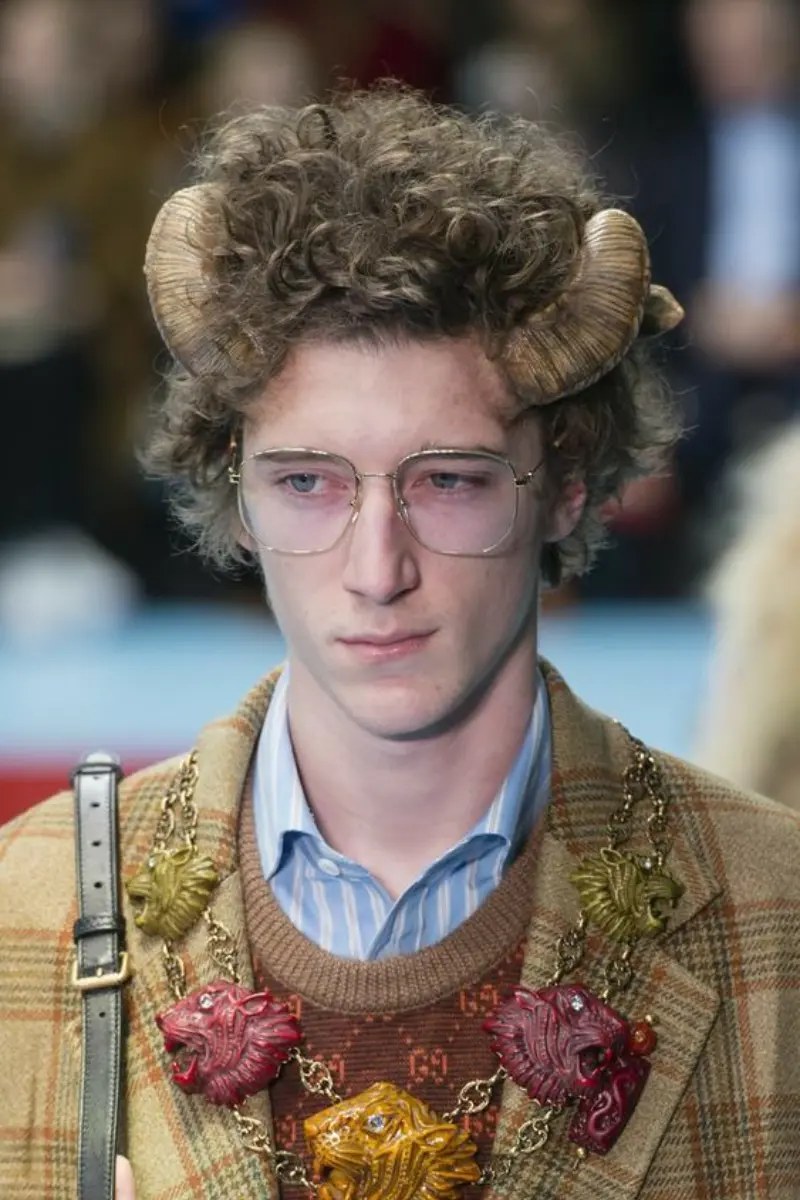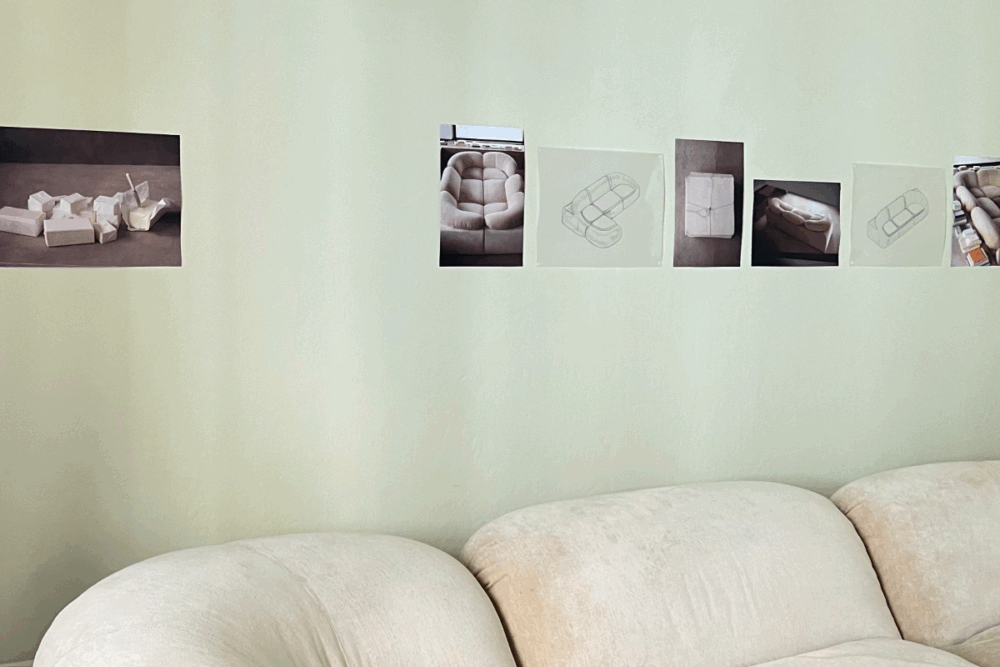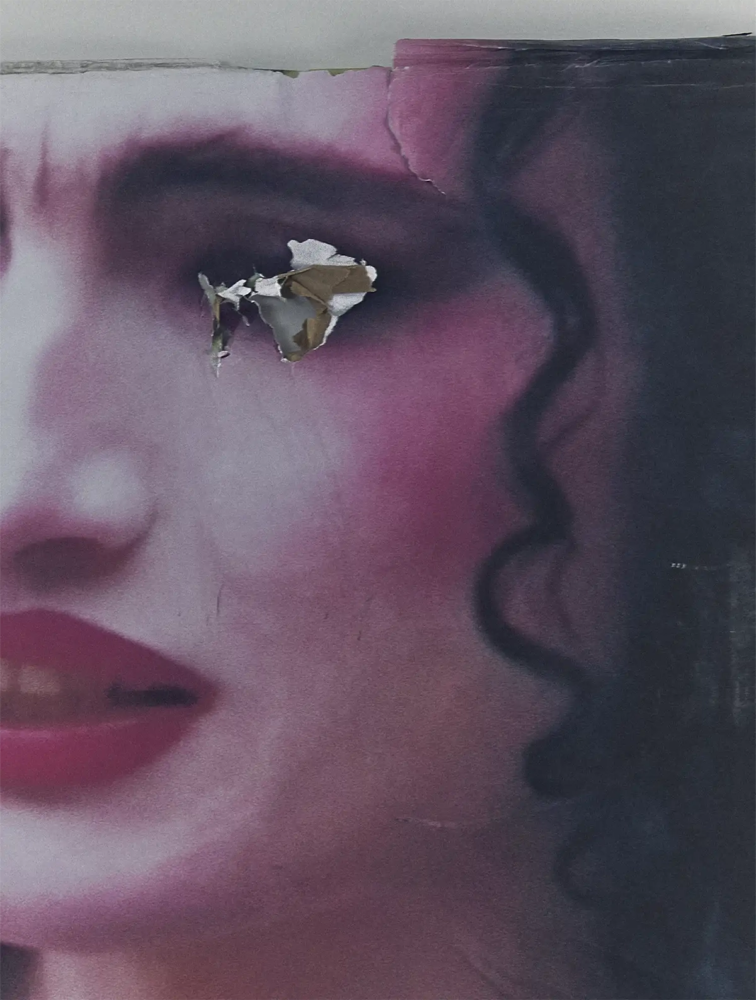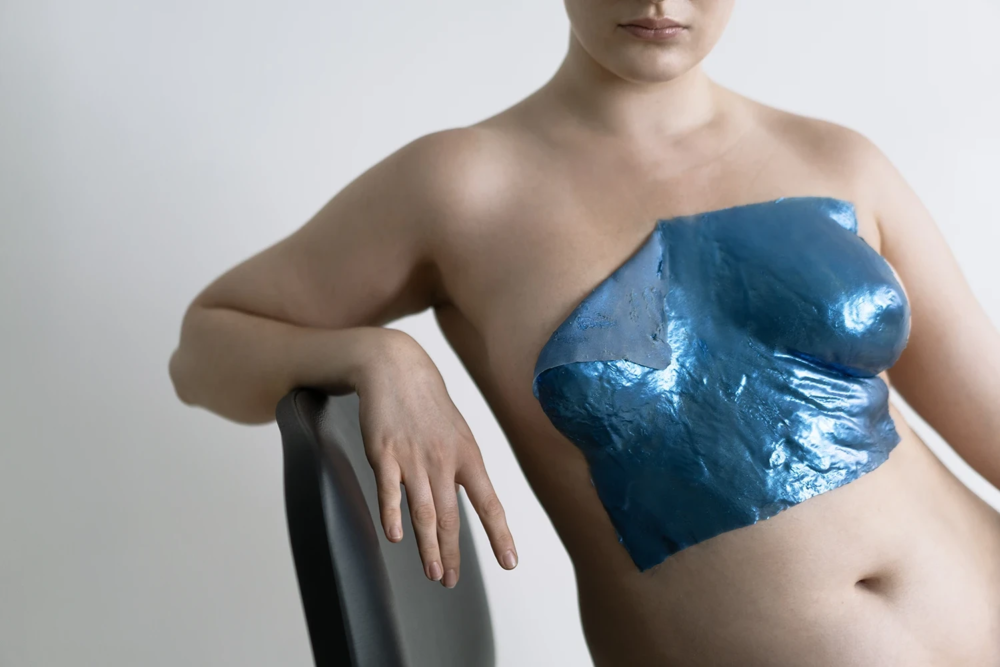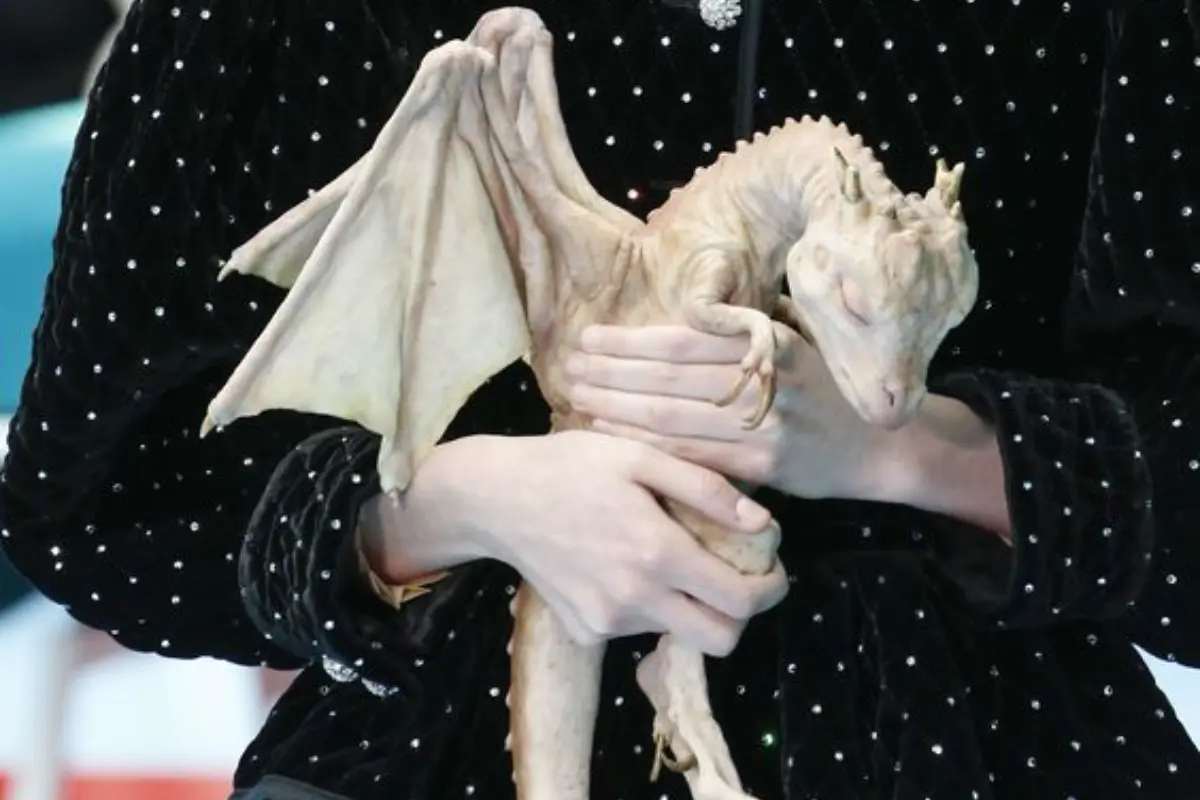
The Dragon in the House: Alessandro Michele at Valentino
The Dragon’s Tail in Fashion: A Collection of 260 Images: Rough Culture, Bestiaries, and the Non-Aesthetically Correct in Alessandro Michele’s Debut at Valentino
Avant les débuts: House of the Dragon or House of Fashion?
On Monday, June 17th, as Milan Men’s Fashion Week approached its end, Alessandro Michele—the Creative Director of Valentino who succeeded Pierpaolo Piccioli on March 28th—made a surprise appearance with a pre-collection titled Avant les débuts: Before the Beginnings. A lookbook of 260 images, setting the stage for Valentino’s renewed narrative. It also serves as a summary of what Michele has learned in these months, navigating between the Roman archives of the Maison and the director’s seat. On the same day, the Gucci Men’s Spring/Summer 2025 show was expected at the Triennale, the fashion house where Michele spent eight years as Creative Director before being succeeded by Sabato de Sarno. Perhaps a deliberate coincidence, a final flourish from the fashion dragon.
Also on Monday, June 17th, the new season of House of the Dragon, the spin-off of HBO’s Game of Thrones, based on George R.R. Martin’s series, was released. The sub-plot of House of the Dragon revolves—summarized in brief—around the story of House Targaryen, also known as the House of Dragons, the most powerful ruling dynasty in the fantasy world of Westeros. It’s a family and human melodrama, a cycle of violence that ultimately leads to the house’s extinction. It’s an attentive look at sexuality, and a spectacle of psychedelic fantasies. At its core is the fantastic-mythological figure of the dragon, variously described by Eastern and Western cultures as a magnificent or cruel beast. In the universe of George R.R. Martin’s fantastic creatures, the dragon has a sharp head, wide jaws, dagger-tipped tongue, bat wings, and a coiled body, which represents magnificence with horrible, imperfect, rough aesthetics. A cultural hybrid, an enthralling oddity. A symbol of sin and paganism in Christian times—just think of the altarpieces in our churches depicting St. George’s struggle with the dragon—a beneficent creature in Eastern cosmology, a fantasy of reason in fantasy literature.
Metaphorically speaking, and replacing the title “of Dragon” with “of Fashion,” the sequence of events on Monday, June 17th, culminates in the realization that Alessandro Michele is the Dragon in our House of Fashion.
Avant les débuts: The Pre-Spring Collection 2025 of Valentino Directed by Dragon-Stylist Michele
An indifferent mix of male and female codes accumulated in a genderless collection. With these terms, Alessandro Michele defines his orgasmic prelude to Valentino. A dense and viscous body of work, where many struggled to see where Alessandro Michele ended and Valentino began. Or, at least, those who knew little of Valentino before Pierpaolo Piccioli. A product of a golden age, Valentino Garavani has always been a staunch maximalist—minimalism, he says, is an insult to femininity—a supporter of artifice, sumptuous embroidery, tailored cuts, and complex workmanship. This is the treasure trove in which Michele has immersed himself over the past two months. From this treasure trove, he has drawn a work that is far from Piccioli’s ‘subtractive’ work. However, he is faithful to the fairy tale of early Valentino. Valentino’s late 1960s collections explain retro silhouettes, pearl cascades, fabrics weighed down by brilliant textures, floral and animal prints, between Hollywood and Cinecittà. From these, Michele has drawn the words that would suit his dragon-stylist nature: hypertrophy, gigantism, alteration, illusion. “To cite means to rehabilitate, transform. Those who deny it completely annihilate the creative act,” Michele said in 2017, reaffirming that his work never arises from nothing, always from something else.
In Alessandro Michele’s Wonderland
Alessandro Michele owns thirty-five editions of Alice in Wonderland. He admitted this in a 2020 interview with fashion critic Cathy Horyn, where he described Lewis Carroll’s literary work as “a sort of psychedelic childhood experience.” Michele’s fascination with childhood and dreams is evident in the childlike quality of some of his cuts: the daintiness of the collars, always present in shirts reminiscent of American college more than business attire, cartoon prints, pompom caps, shrunken sweaters, or the tenderness of dollhouse lace. On the same shore from which Carroll’s protagonist gazes absently at the real world stands the designer, a grown-up Alice.
The mere sight of the adult world evokes an instinctive “What a bore!” in Alice. At the beginning of the tale, boredom is so overwhelming that she closes her eyes. This opens up an alternate world of white rabbits with watches, mad hatters, and talking caterpillars. It’s the same freedom world where Alessandro Michele wanders. This is evidenced by some statements made behind the scenes of Gucci’s Fall/Winter 2020/2021 collection, relevant to his entire creative output: “Children’s clothes are irresistible. The problem is there’s never the right size. So, if you make the size…” The runway ensembles’ narrative then resolved into a fortuitous Peter Pan syndrome, well understood in the observation that “If you’re little, you’re allowed to dream, to dress differently… why is it no longer allowed to wear the Prince [Charming] hat outside of Carnival?”
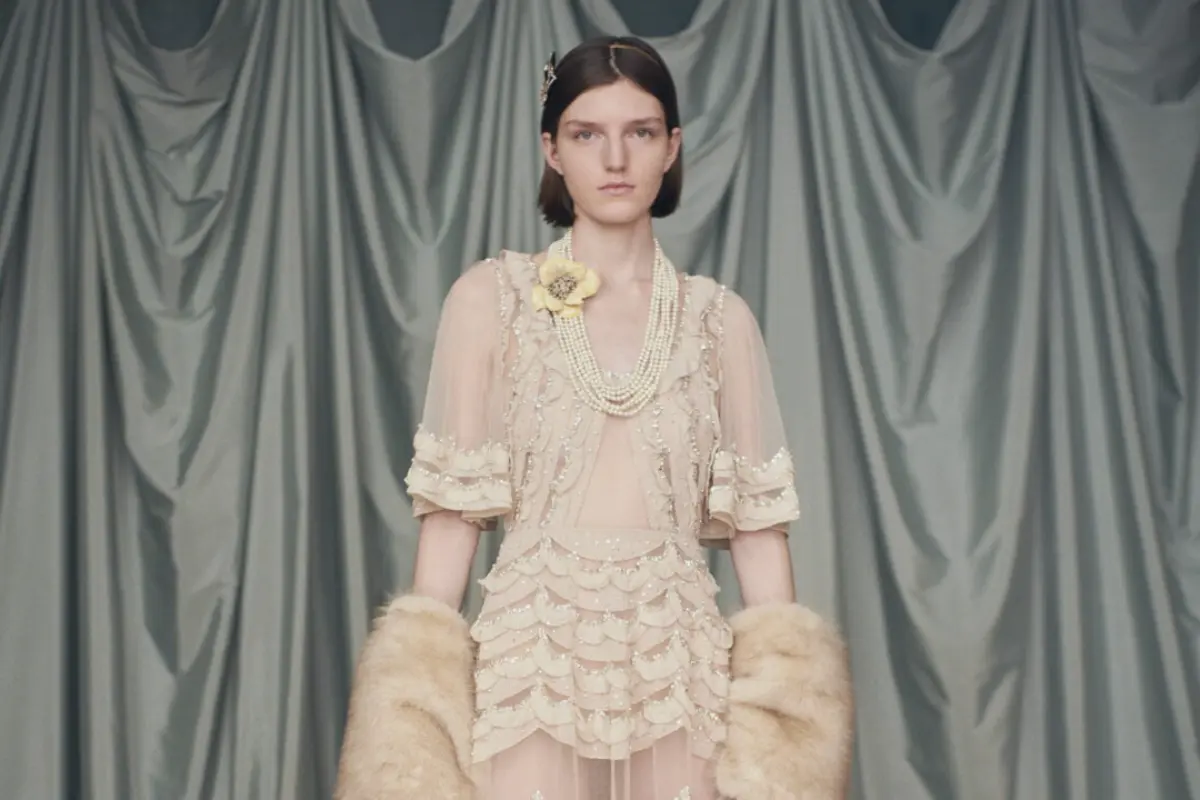
Alessandro Michele, Between Enchanted Forests and Museums of the Impossible
Contrary to the conventions of a time-regmented life that demands red sweaters at Christmas, sequin dresses at New Year’s, and princely costumes at Carnival, Alessandro Michele explores the follies of adulthood—which Alice ultimately rejects—and infuses it with tenderness. His fashion is not grounded but rather soars through time, between past and present, between reality and fiction: “Because I’m not really sure what is real and what is not. It depends on your perspective. Fashion is an integral part of this story. I always say it’s something in between. It’s like the hole Alice falls into.” The Alice hole becomes, in fashion terms, the channel through which Michele introduces his sea of inspirations. It is not, however, a collector’s reliquary or a repository of trinkets, but a journey of imagination. In the ups and downs between enchanted forests and museums of the impossible, Michele makes no distinction between the proximity of the present and the distance of the remote past: a Mycenaean vase and a Gaetano Pesce design vase can be placed on the same timeline: “Everything that inspires me and that I reference, whether from yesterday or four centuries ago, happens at the same time before my eyes, so it’s present. It’s my present, it’s my contemporaneity, and it’s the only thing I want and can tell.”
Iconography of the dragon in Alessandro Michele’s collections
The Spring Summer 2017 pre-collection shows Alessandro Michele’s preference for animal iconography. Presented in London’s Westminster Abbey, it featured a fairy-tale zoo inventory, including bears, bees, tigers and dragons embroidered on Scottish kilts. In shuffling time cards, Michael fused Renaissance and China, sixteenth-century clothing and Orientalism, severed heads and dragon bodies. A Frankenstein of styles continued in Fall Winter 2018, variously described as disturbing or phantasmagoric. There was the Uroboros, a symbolic animal in the form of a dragon-serpent swallowing its own tail, a baby dragon worn as an arm accessory, and a human head mirroring the model whose look it completed. A post-humanism to which Michele gives the title Cyborg, where cyborg means an automaton with inexhaustible physical and mental powers, obtained by grafting synthetic organs onto human bodies. In the end, we need an aesthetic of the different that does not settle for facile beauties, that brings the traditionally monstrous back to the stage of kindred, like the baby dragon-accessory that has been so hotly talked about recently.
Alessandro Michele, the Non-Aesthetically Correct and the Rough Culture of the Dragon
If for Alessandro Michele the rule is “nothing is as it seems”—because behind every choice there is always a philosophical explanation, a human root, a search for meaning—then it’s worth asking whether it’s really Michele’s clothes that are bizarre, or the world remaining on the surface, foreign to his vortex of fantasies. The question is: are the clothes open to the complexity of a fluid world anomalous, or are the conservatives, custodians of outdated norms, faithful to appearances? The adherents of a house-and-church fashion grammar, or a wardrobe made of atypical, out-of-canon presences, like Ellie Goldstein, the model with Down syndrome chosen for Gucci’s beauty campaign in 2020? Michele’s creative act thus resolves in a general horror vacui, where nothing is removed but added, to the point of total proliferation. The canvas, thus completed, is far from harmonious: “My idea of fashion is about imperfection, not perfection.”
In a world so aesthetically correct, so obsessed with perfection, Alessandro Michele is the mythological creature. At Gucci first, and at Valentino today, Michele’s fantasy consists of retrieving distant morphologies, which are taken from antique markets and ancient Roman villas. She also draws them from herbariums and bestiaries, from zoos of paradoxical animals and frescoed ceilings of deconsecrated churches. An almost infinite database of suggestions, translatable into the formula—already acknowledged by Valentino-of more is more. The line of divergence between the two fashion maximalists may be found here. In a culture of Great Beauty on the other hand, where the awareness of knowing, by his own admission, too many things finds peace on smooth, perfected surfaces. An overflow of equally numerous things on the other side, with no peace or perfection. Michele’s Great Beauty is that of a rough culture, devoid of harmonies, discordant like the dragon culture he carries within.
